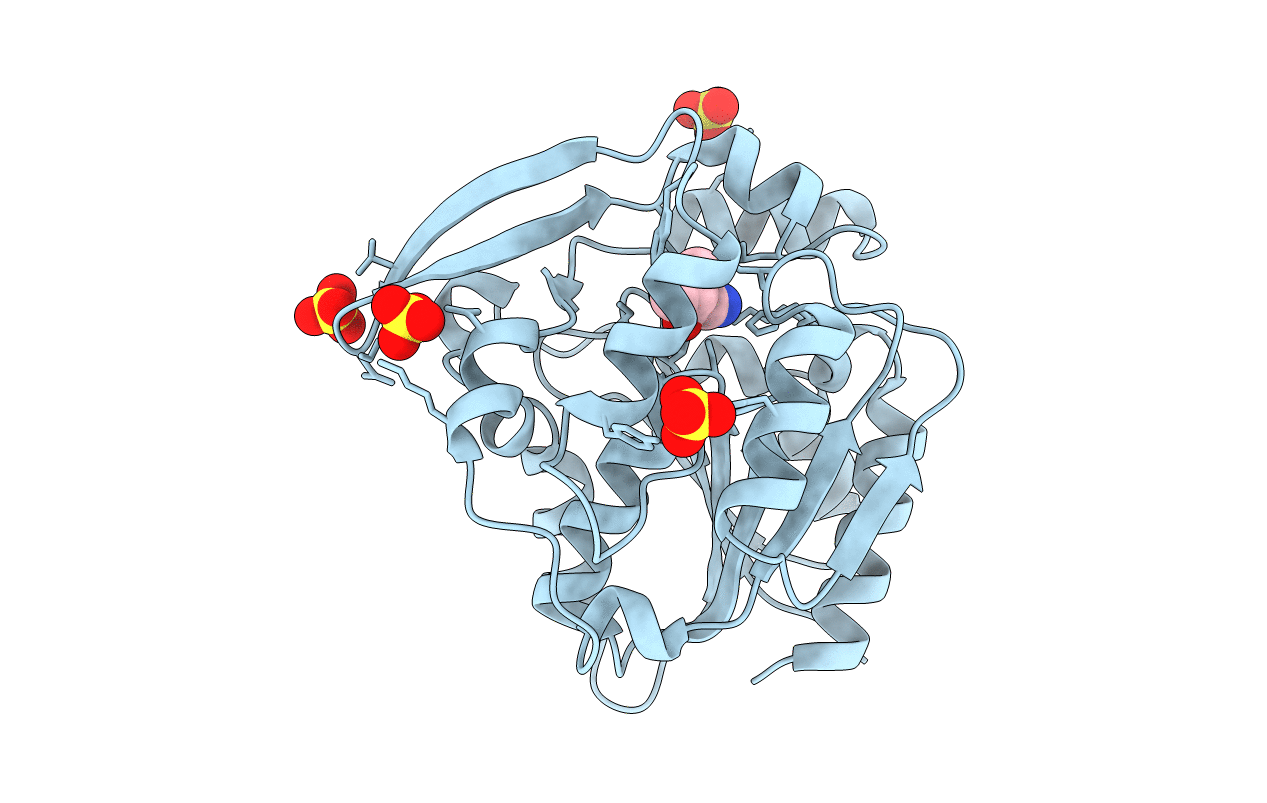
Deposition Date
2004-12-20
Release Date
2005-12-20
Last Version Date
2023-08-23
Entry Detail
PDB ID:
1YB7
Keywords:
Title:
Hydroxynitrile lyase from hevea brasiliensis in complex with 2,3-dimethyl-2-hydroxy-butyronitrile
Biological Source:
Source Organism:
Hevea brasiliensis (Taxon ID: 3981)
Host Organism:
Method Details:
Experimental Method:
Resolution:
1.76 Å
R-Value Free:
0.19
R-Value Work:
0.17
R-Value Observed:
0.17
Space Group:
C 2 2 21


